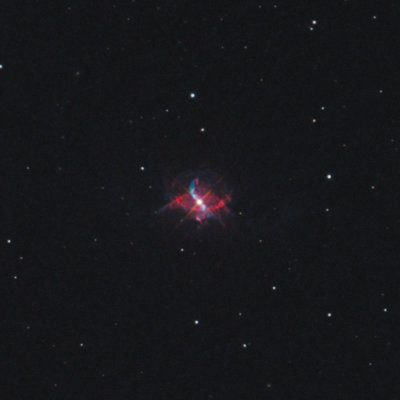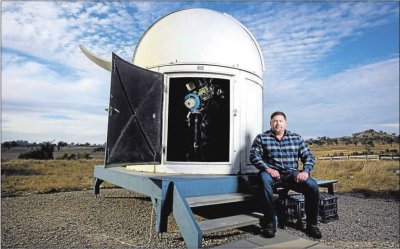





 |
 |
 |
 |
 |
 |
| strongmanmike2002 | profile | all galleries >> Awards, discoveries and publications >> Discoveries and Scientific Papers >> Discovery of faint features around R Aquarii | tree view | thumbnails | slideshow |
 R Aquarii - discovery of new faint features |
 R Aquarii |
 Inside my observatory |
 Outside my Observatory |
Canberra Times article 30 May 2018 |
| comment | share |